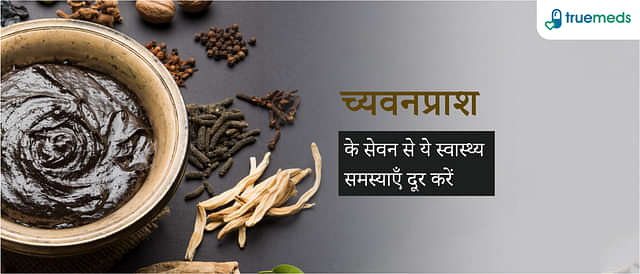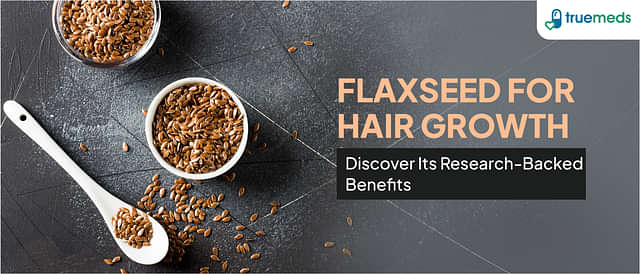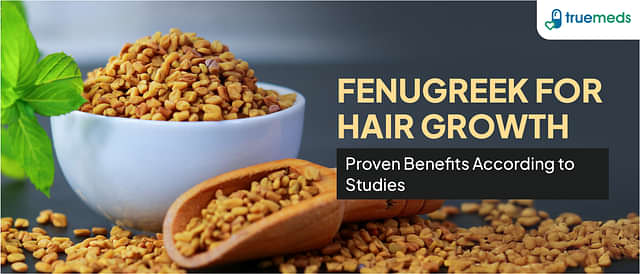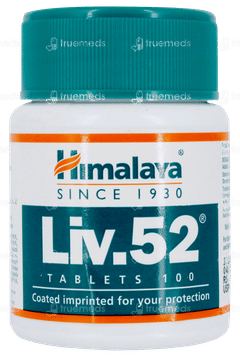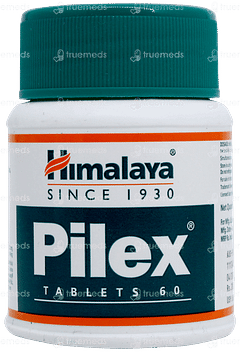Sabudana
Sabudana, often called Sago, is used copiously in Indian foods, especially during fasts and other fasting ceremonies. Derived from starch balls processed from tapioca, it is highly regarded for its load of carbohydrates and uses. The glycemic index of Sabudana ranges from 55-70. Sabudana is used to prepare dishes such as khichdi, vadas, kheer, etc. Because sabudana is very soft and absorbs taste, it can be used in various ways in recipes for Indian food.
Last updated on : 25 Sep, 2025
Read time : 10 mins
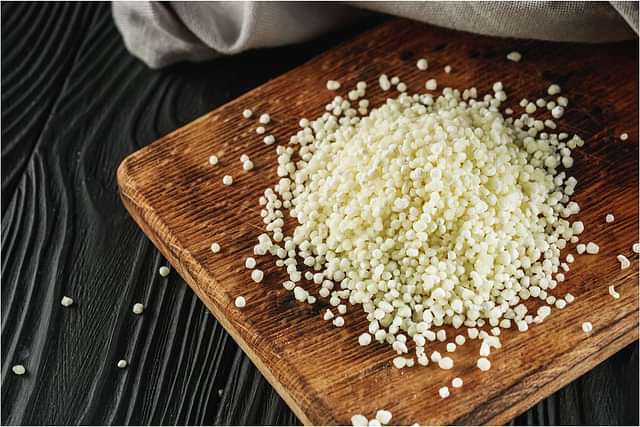
What is Sabudana?
Sabudana, or javvarisi, is a little globular semi-solid substance prepared from tapioca root. These tapioca pearls are composed predominantly of carbohydrates, which makes them an energy-generating substance in the body. Sabudana is commonly used in India and is widely used when people fast as they need something quick to eat, but it is not heavy on the stomach.
Sabudana is used in various dishes, such as the popular tahini-infused khichdi and deep-fried vadas. But it is also used in sweet preparations like kheer, which readily absorbs the flavor of other ingredients.
People are inclined towards consuming sabudana because it has no gluten; this is good for those on special diets. This is the reason why sabudana is used in many Indian households as not only an attractive flavour absorbent but also as a tasty, nutritious addition to the diet.
Key Facts
| Feature | Details |
| What is Sabudana? | Sabudana, also known as tapioca pearls, is a starch extracted from the cassava root, commonly used in Indian cuisine. |
| Origin | It is primarily sourced from the wet starch from the cassava plant, mainly in India. |
| Common Use | Used in various dishes like sticky dough, sago noodles, roasted sago, etc. |
| Nutritional Composition | Rich in starch, protein, fibre, and lipids, and contains small amounts of essential minerals like calcium, iron, and potassium. |
| Health Benefits | Low in fat, rich in carbohydrates, gluten-free, easily digestible, and a low to moderate glycemic index |
| Forms Available | Available as dried tapioca pearls, which need soaking before cooking. |
| Recommended Dosage | The recommended serving size is typically 50-100 grams, depending on the recipe. |
| Precautions | High in starch; people with diabetes should consume sabudana in moderation due to its glycemic impact. |
| Side Effects | Excessive consumption may lead to constipation due to low fibre content. |
| Storage | Store in a cool, dry jute bag; the moisture level should be 11%. |
Alternative Name of Sabudana
Sabudana, also known as tapioca pearls, is recognized by various names across different regions and cultures. Here are some alternative names for sabudana:
- Javvarisi (Tamil)
- Sago (General)
- Sabakki (Kannada)
- Sabudana (Hindi)
- Tapioca (English)
- Tapioca pearls (Culinary term)
- Sabudana (Marathi)
Nutritional Value of Sabudana (per 100g)
The following table discusses the sabudana nutritional value:
| Nutrient | Amount |
| Calories | 358 kcal |
| Protein | 0.5 g |
| Fat | 0.2 g |
| Carbohydrates | 88.9 g |
| Dietary Fibre | 0.9 g |
| Glycemic Index | 55-70 |
Sabudana, primarily composed of carbohydrates, is a high-energy source with minimal protein and fat content. With a glycemic index ranging from 55-70, it can cause a rapid increase in blood sugar levels. While its glycemic index of 67 is considered moderate, consuming it in excess can still lead to a moderate impact on blood sugar. Thus, it is important to consume Sabudana in moderation, especially for those managing blood sugar levels.
Source of Sabudana
Sabudana, usually called sago, comes from the starch of the pith of the sago palm tree, which is native to the tropics, including the tropical regions of Southeast Asia and the Indomalayan biogeographical region. In this process, the trunk of the Sago Palm is extracted from where the starchy food is manufactured; the starch is then crushed and processed into tiny beads called pearls.
These granules are generally white or colorless and are prevalent in various meals, some primarily used during fasting occasions in India. Sabudana is not only delicious but has a lot of benefits, such as becoming the ingredient for today’s modern and traditional recipes.
Health Benefits of Sabudana
The primary question is: Is sabudana good for health? Absolutely! Sabudana or sago is a carbohydrate-rich food with several essential nutrients. It mainly comprises carbs, preferably an energy-yielding ingredient in most foods. Sabudana provides a quick energy boost, making it ideal for individuals feeling fatigued or with low energy levels.
1. Sabudana Benefits for Male
The nutritional value of sabudana can improve energy, which makes it the everyday diet for anyone, especially those participating in sporting activities. It offers sustained energy making it suitable for consumption during the period of fasting. The amount of protein also helps muscle rebuild and repair, enhancing fitness.
2. Sabudana Benefits for Female
Sabudana offers various benefits for women, particularly during menstrual cycles. Its carbohydrate content provides necessary energy, while its digestibility ensures comfort. It is also rich in antioxidants, which may help improve skin health and reduce signs of aging.
3. Sabudana in Pregnancy
Due to its carbohydrate and calorie content, sabudana can be consumed safely during pregnancy. It is easily digestible and may be beneficial for pregnant women experiencing morning sickness, but it should be taken in moderation.
4. Sabudana for Weight Loss
Is sabudana good for weight loss? Despite being high in carbohydrates, sabudana can be incorporated into a weight-loss diet when consumed mindfully. It can provide a feeling of fullness, reducing overall calorie intake. For example, a serving of sabudana khichdi contains approximately 322 calories, and pairing it with fibre-rich vegetables can enhance its weight-loss benefits.
5. Sabudana for Diabetes
Due to its high glycemic index, sabudana can be consumed in moderation by individuals with diabetes. While it can provide quick energy, combining it with proteins or healthy fats is essential to minimise blood sugar spikes.
Precautions While Taking Sabudana
While sabudana offers various health benefits, it’s recommended to take precautions, especially during pregnancy and breastfeeding.
1. Monitor Digestive Health
Ensure that sabudana is thoroughly cooked to prevent any digestive discomfort. Pregnant women should be particularly cautious about their digestive health.
2. Moderation for Breastfeeding Mothers
Breastfeeding mothers can include sabudana in moderation but should monitor their baby's response. It's essential to ensure that sabudana is not the only source of nutrition in their diet.
3. Balanced Diet
Sabudana should complement a well-rounded diet. Its low nutrient profile means it shouldn't replace more nutrient-dense foods, especially during pregnancy and breastfeeding.
How to Use Sabudana
Used in many diverse ways in Ayurveda and cooking, sabudana provides health advantages and flexibility. Since it allows for energy, it’s frequently found in fasting recipes. Sabudana can be soaked and added to salads to improve their nutritional quality or blended into smoothies to give them body. Its usage runs across many dishes in sweet and savoury preparation, enriching diverse cooking traditions.
1. How To Make Sabudana Kheer
- Preparation:
- Wash 1/2 cup of sabudana (tapioca pearls) under cold water until the water you rinse in turns clear.
- Rinse the sabudana in enough water to cover it for about 30 min to 1 hrs to soften the sabudana by swelling it up.
Cooking the Sabudana:
- Heat 2 cups of milk in a saucepan with a thick base on medium heat and allow the milk to boil.
- Take out the sabudana from the water and add it to boiling milk.
- Stir frequently in order not to stick at the bottom or form lumps.
- Further, Cook for 10-15 minutes until the sabudana pearls become transparent and tender on a medium flame.
Sweetening the Kheer:
- After the sabudana, add 1/3 to 1/2 cups of sugar (to preference) and mix until the sugar has dissolved.
- One can also add one pinch of cardamom powder for the flavor at this stage and stir well.
Finishing Touches:
- Reduce the heat and let the kheer cook for another 5-7 minutes until it becomes slightly thick.
- Do not let it be placed on the bottom of the pan to avoid sticking to the bottom before you stir it occasionally.
- Last, mix one tablespoon of ghee to make it rich (you may dispense with this step) and sprinkle it with chopped almonds, cashew nuts, or raisins.
2. How To Make Sabudana Khichdi
Preparation:
- First, thoroughly wash one cup of sabudana (tapioca pearls) under cold water and drain until it is clear of starch.
- Rinse the sabudana in cold water and soak in water just enough to immerse them for 4-6 hours or simply overnight.
- After boiling, rinse off the excess water and then use a fork to gently turn over the sabudana.
- Stir with half a teaspoon salt and 1/4 teaspoon sugar. Set aside.
Tempering the Spices:
- You should melt 1-2 tablespoons of clarified butter (or oil) in a non-stick pan over medium heat.
- Put 1 teaspoon of cumin seeds and allow them to splutter.
- Then put in 2 green chilies – finely chopped, and fry for around one minute.
- It is also good to use 1/4 cup of roasted peanuts (optional Since you are making the almond smoothie, you may want to add a little roasted peanut to add some crunch and flavour.
Cooking the Sabudana:
- Concerning potatoes, please place the boiled and cubed potatoes (1- 2 pieces of medium-sized potatoes) for a few minutes or until they are lightly browned.
- After this, you must add the soaked sabudana and mix it gently.
- Flipping once in between for about 5-7 minutes until the Sabudana turns transparent.
Finishing Touches:
- When done, remove from heat, or if using a pot, simply transfer the meat to another container.
- Add a few squirts of fresh lemon juice to the khichdi and sprinkle with chopped coriander leaves.
- If required, adjust the salt levels and then relish it hot; best when eaten with yoghurt or even chutney.
Side Effects of Sabudana
There are no side effects associated with the consumption of sabudana. However, if taken in large amounts, it will result in several effects. It contains high carbs that increase the chances of increasing blood glucose levels, which makes it difficult for diabetic persons to take.
Moreover, too frequent consumption leads to adverse effects on a sensitive stomach that causes bloating or flatus. Some people may also be prone to developing an allergic reaction, even though this is rare.
Consumers of sabudana must be knowledgeable to enjoy it in moderation and integrate it within a complete nutritional plan that can reduce those potential side effects.
- Diabetes Management: Monitor portion sizes to prevent blood sugar spikes.
- Digestive Sensitivity: Start with small amounts if prone to gastrointestinal issues.
Key Takeaways
- Tapioca pearls, also known as sabudana, are easy to add to a variety of recipes that fall within the field of cuisine.
- Sabudana offers several benefits, including aiding digestion, increasing energy levels, and supporting weight management.
- As it is usually safe, it is recommended that it be taken care of, particularly for pregnant and nursing women.
- Incorporating sabudana into dishes such as khichdi and kheer boosts their nutritional qualities and improves their flavour, a shift that is welcomed by many of us in our culinary practices.
Conclusion
In conclusion, sabudana is a versatile and energy-rich food that holds a special place in Indian cuisine, especially during fasting periods. Made from tapioca starch, it is an excellent source of carbohydrates and provides quick energy, making it ideal for those needing a light yet filling meal. Its neutral taste and soft texture allow it to blend well with a variety of ingredients in traditional dishes like khichdi, kheer, and vadas. Whether for religious fasting or regular meals, sabudana remains a valuable and nutritious component of Indian cooking.
FAQs
What does Sabudana contain?
Can we eat Sabudana during fasting?
How long do you need to soak Sabudana?
Does Sabudana cause constipation?
What are the benefits of Sabudana for the skin?
Can Sabudana be regarded as a complete food?
How much time is required to soak Sabudana?
Is Sabudana good for diabetes?
References
- Singhal, R. S., Kennedy, J. F., Gopalakrishnan, S. M., Kaczmarek, A., Knill, C. J., & Akmar, P. F. (2008). Industrial production, processing, and utilization of sago palm-derived products. Carbohydrate Polymers, 72(1), 1–20. https://doi.org/10.1016/j.carbpol.2007.07.043
- FoodData Central. (n.d.). Fdc.nal.usda.gov. https://fdc.nal.usda.gov/fdc-app.html#/food-details/169717/nutrients
- Metaragakusuma, A. P., Katsuya, O., & Bai, H. (2016). An Overview of The Traditional Use of Sago for Sago-based Food Industry in Indonesia. KnE Life Sciences, 3(3), 119. https://doi.org/10.18502/kls.v3i3.382
Explore other categories
Related Health Articles
Latest health articles
Top Health Essentials
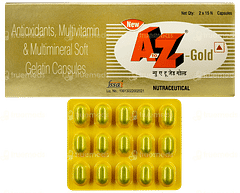



















Top-selling ayurvedic products


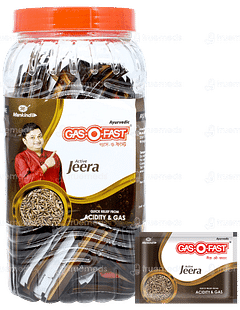
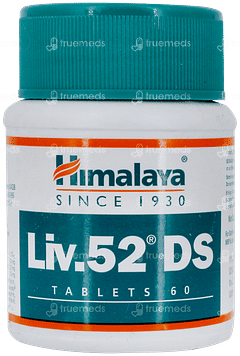


Disclaimer
Top-Selling Medicines:
...View more
Top-OTC medicines:
...View more
Top-selling healthcare devices:
...View more
Company
About UsHealth ArticleHealth StoriesDiseases & Health ConditionsAyurvedaAll MedicinesAll BrandsNeed HelpFAQSubscribe
Registered Office Address
Grievance Officer
Download Truemeds
Contact Us
Our customer representative team is available 7 days a week from 9 am - 9 pm.
v4.4.1
2025 - Truemeds | All rights reserved. Our content is for informational purposes only. See additional information.
Our Payment Partners










